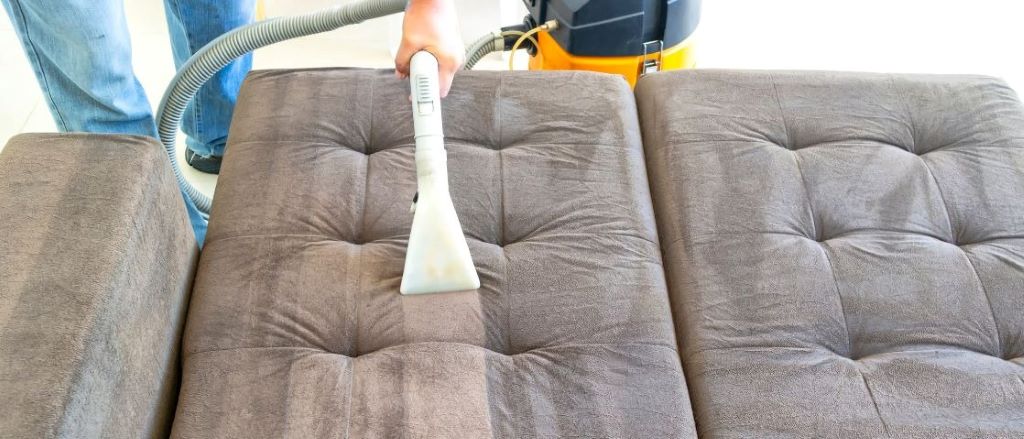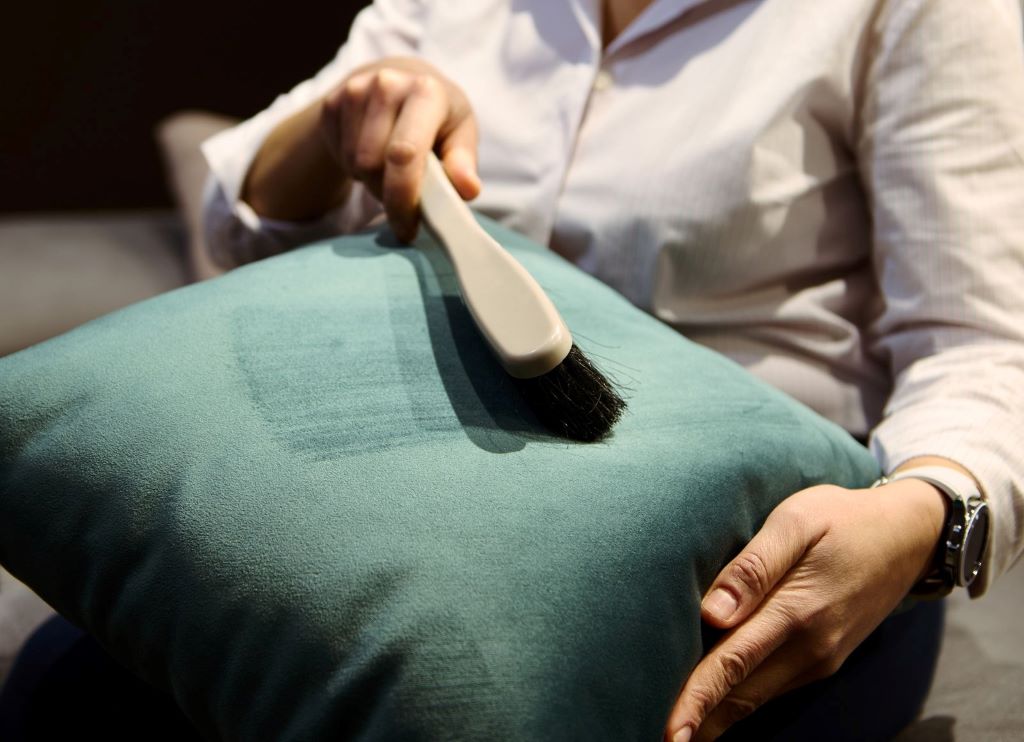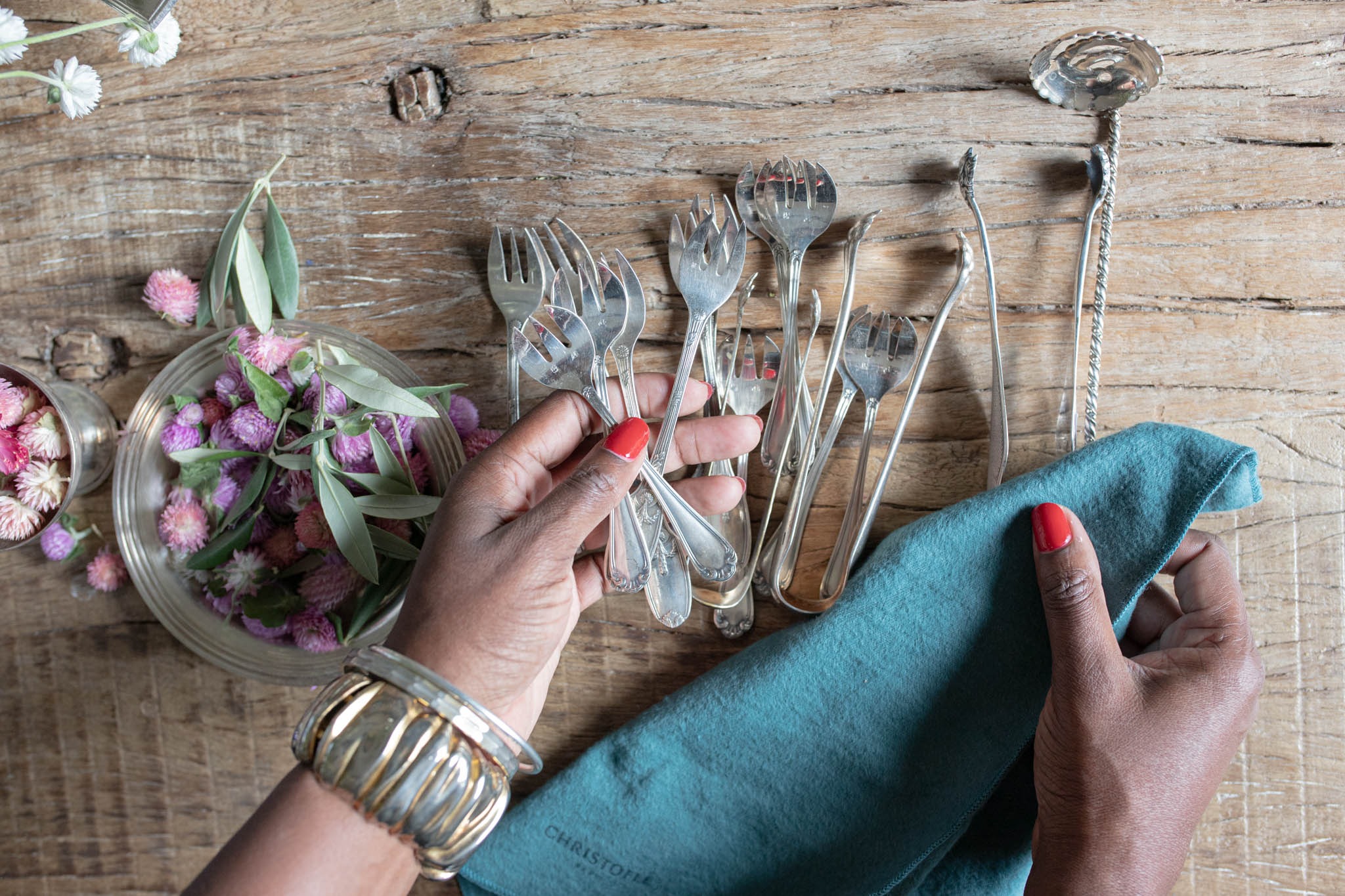Velvet is a fabric of elegance. Its soft, rich texture transforms any space into a cozy, sophisticated haven. But when mildew enters the scene, it’s not just unsightly—it’s a silent destroyer. Removing mildew stains from velvet upholster is no ordinary task. It requires precision, patience, and professional knowledge. Left untreated, mildew can permanently damage velvet, deteriorate indoor air quality, and harm your health.
Why Mildew Is a Velvet’s Worst Enemy
Mildew thrives in humid, poorly ventilated spaces. It’s a type of mold that feeds on organic matter. Velvet, often made of cotton or silk, becomes a buffet for mildew when damp.
According to the Environmental Protection Agency (EPA), indoor mold exposure can cause respiratory issues, especially in those with allergies or asthma. A 2021 Harvard University study confirmed that mold in furniture is among the top indoor air pollutants.
Once mildew settles into velvet fibers, it leaves behind yellow, green, or grayish spots—and a musty odor that’s hard to ignore. Removing it is urgent, but using the wrong method can crush the fabric’s texture or leave water stains.
Understanding the Fabric: The Science Behind Velvet
Velvet is a pile fabric with short, dense fibers that stand upright. It can be made from silk, cotton, or synthetic blends. This unique structure makes it luxurious, but also delicate.
The pile traps moisture easily. When not dried promptly, it becomes a prime breeding ground for mildew. Any cleaning process must preserve the pile and avoid saturation.
Cotton velvet is more absorbent and vulnerable to mildew, while polyester blends offer slightly more resistance. Still, mildew can colonize any velvet under the right conditions.
Real Solutions: How to Remove Mildew Stains from Velvet Upholster—Step-by-Step
Here’s a comprehensive, expert-approved method that prioritizes fabric care and mildew eradication:
Step 1: Vacuum the Surface
Use a handheld vacuum with a soft brush attachment. Gently remove loose mildew spores and dust without pressing them deeper into the pile.
Expert Tip: Always wear a mask while vacuuming mold-affected fabric to avoid inhaling spores.
Step 2: Spot Test Your Cleaner
Never skip this step. Test any solution on a hidden area of the fabric. Velvet’s dye can bleed or fade when exposed to liquids.
Step 3: Create a Mild Vinegar Solution
Mix 1 cup of white vinegar with 1 cup of water. Dampen a microfiber cloth with the solution.
Why vinegar? According to Good Housekeeping, vinegar kills 82% of mold species and is safe for natural fabrics.
Step 4: Blot the Stain Gently
Do not scrub. Gently blot the mildew stain. Replace the cloth side regularly to avoid reapplying spores.
Professional Insight: Scrubbing ruins the pile. Blotting maintains the texture while lifting mildew.
Step 5: Let It Air Dry
Place the fabric in a well-ventilated room or under a fan. Avoid sunlight, as it can fade the velvet.
Step 6: Use Baking Soda for Odor
Sprinkle baking soda over the dried area. Let it sit for 30 minutes, then vacuum thoroughly.
Step 7: Restore the Pile
Use a soft-bristle toothbrush to gently lift flattened fibers. Steam (without direct contact) can help revive the plush texture.
Bonus Method: Professional Dry Foam Cleaner
Dry foam cleaners are velvet-safe and mold-targeted. Brands like Blue Coral Dri-Clean or Bissell Upholstery Cleaner have excellent reviews.
Customer Review Insight:
“I used Blue Coral on my grandmother’s antique velvet sofa. The mildew disappeared without discoloring the fabric. 10/10.” – Amazon Review, 2023
Always follow the product’s instructions. Overapplication may leave residue that attracts dirt later.
Prevention: The Secret to Long-Lasting Velvet
The best way to deal with mildew? Don’t let it happen in the first place. Prevention strategies include:
-
Dehumidifiers: Keep indoor humidity below 50%. Mold can’t thrive in dry air.
-
Airflow: Avoid placing furniture against exterior walls. Let the air circulate.
-
Immediate Drying: Clean spills and damp spots within 24 hours.
-
Seasonal Deep Cleaning: Inspect and treat your furniture seasonally, especially in humid climates.
According to Mayo Clinic, reducing humidity and improving airflow reduces household mold by over 60%.
When to Call a Professional
DIY methods work well for mild mildew stains. However, if:
-
The smell is persistent
-
Stains spread quickly
-
You see fuzzy mold patches
It’s time to call in professionals. Mold remediation experts use industrial-grade solvents and equipment to deep-clean velvet without damaging it.
National upholstery chains like Stanley Steemer and COIT offer mold removal services with fabric-specific techniques.
The Risks of Doing It Wrong
Velvet can’t handle excessive water or harsh chemicals. Bleach may seem like a quick fix, but it can permanently ruin the color and structure.
Using heat (like a hair dryer) to dry velvet can cause shrinkage or shiny patches. Always let it air-dry or use indirect airflow.
Featured Snippet:
How Do You Remove Mildew Stains from Velvet Upholstery Without Damaging the Fabric?
Blot mildew stains with a diluted vinegar solution (equal parts white vinegar and water) using a soft cloth. Never scrub. Dry the area using a fan and sprinkle baking soda to eliminate odors. Gently lift the fibers with a soft brush once dry. Always test your solution on an inconspicuous area first to ensure colorfastness.
Velvet Cleaning Kit: Must-Have Items
To keep your velvet mildew-free, assemble a cleaning kit:
-
White vinegar (natural disinfectant)
-
Microfiber cloths (non-abrasive)
-
Baking soda (odor neutralizer)
-
Upholstery-safe dry foam cleaner
-
Soft-bristle brush (for pile restoration)
-
Hand vacuum with brush attachment
Investing in these tools can extend the life of your upholstery and prevent costly replacements.
Real-Life Case Study: Mildew on a Vintage Velvet Chair
One homeowner in Florida shared her story on Houzz. Her vintage velvet chair had mildew after a hurricane.
Using vinegar and baking soda, she removed surface mildew but needed a pro for deep cleaning. After treatment by a certified mold remediation expert, the chair looked brand new.
This case highlights that quick action paired with professional support can preserve even delicate vintage furniture.
Expert Opinions
Interior designer Lana Marks says,
“Velvet isn’t just a fabric—it’s a legacy. Cleaning it wrong is like over-watering an orchid. Gentle care wins.”
Michael Jones, a furniture restorer, adds,
“I’ve restored 100+ velvet antiques. DIY mildew removal works—but only if you follow the right steps. One wrong move can flatten or fade the fabric.”
Frequently Asked Questions
1. Can I use bleach on velvet upholstery?
No. Bleach damages the fibers and fades the dye, even when diluted.
2. Will steam cleaning remove mildew from velvet?
Light steaming can help lift the pile but won’t remove mildew spores. Use with caution.
3. How do I know if the mildew is gone?
The stain, smell, and discoloration should be gone. If odor persists, deeper spores remain.
4. Can mildew return after cleaning?
Yes, if humidity and moisture issues aren’t resolved, mildew can come back within weeks.
5. Is baking soda safe for all velvet types?
Yes, baking soda is fabric-safe and ideal for deodorizing velvet.
6. Are there commercial mildew removers safe for velvet?
Yes, but always choose upholstery-safe versions and test first. Avoid anything labeled for outdoor use only.
7. What’s the best way to store velvet furniture to prevent mildew?
Keep it in climate-controlled environments. Use covers only if breathable.
Final Thoughts
Removing mildew stains from velvet upholster doesn’t have to be stressful or risky. With the right approach, even stubborn mildew can be eliminated safely. Remember, velvet is delicate but durable when cared for properly. Equip yourself with the right tools, stay vigilant about moisture, and seek professional help when needed.
A mildew-free home isn’t just cleaner—it’s healthier, more beautiful, and better preserved for generations.
Read More: Industrial Floor Cleaning Tips
References:
-
Environmental Protection Agency (EPA) Mold Resources
-
Harvard University School of Public Health, Indoor Mold Study (2021)
-
Good Housekeeping: “Does Vinegar Kill Mold?” (2023)
-
Mayo Clinic: Mold Allergy Prevention Tips
-
Amazon & Houzz Consumer Reviews (2023-2024)




